
A Unique Solution for Countless Problems
Wiegand technology can be used in a variety of applications; from metering and monitoring to security and process optimization. One of the great features of Wiegand sensors as compared to other similar technologies is that they are self-sufficient. They harvest electricity directly from their surroundings which can power both their sensing operation and a wireless communications interface.
Wiegand technology offers the following benefits:
Reduced maintenance costs. No batteries, no mechanical wear.
Reliable counting. Clear pulse shape, easy to register.
Power-autonomous. Enough energy for wireless communication.
Sustainable solution. Reduced carbon footprint.
Duality of Pulse and Energy
Wiegand sensors are triggered by alternating magnetic fields, which can be caused by different types of motion - rotational, linear, ferromagnetic proximity or electromagnetically. The trigger results in the production of consistent pulses, which can be easily registered and counted. This clear pulse makes Wiegand perfect in metering and proximity types of applications, where clear signal is important. On the other hand the energy harvested from these pulses can be used to power low-power circuits, making Wiegand technology an energy-efficient and versatile solution for a wide range of applications.
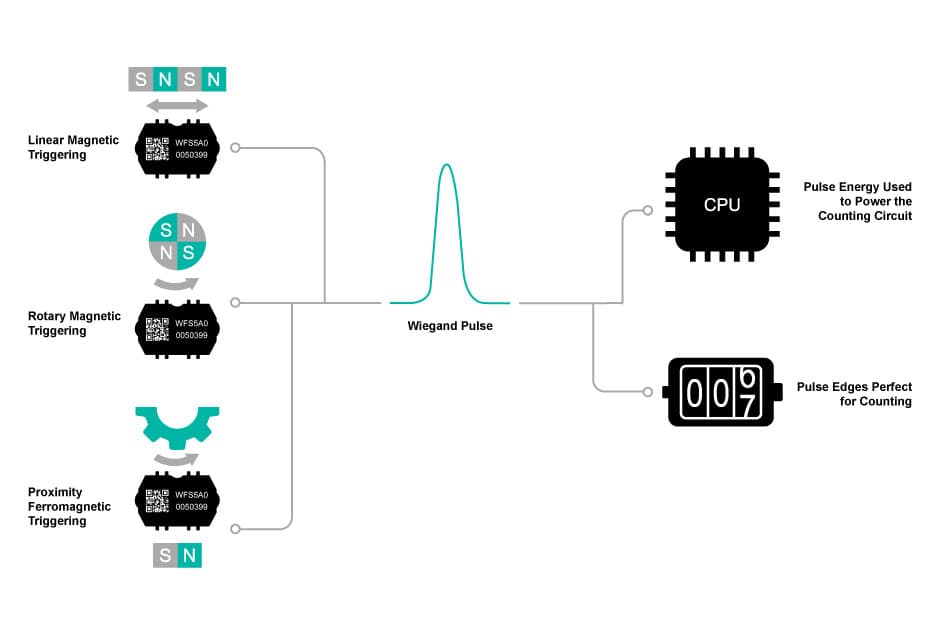
Do you have any questions or ideas how the Wiegand technology can be used in your application? Our technology experts are always happy to answer your questions or discuss any ideas you have.
Contact UsRotary Encoder
Wiegand sensors have been used successfully for decades in absolute rotary encoders, enabling them to do multiturn counting without the use of batteries or gears. This eradicates the disadvantages of using batteries; e.g. limited lifespan requiring replacement or maintenance, considerable weight, and harmful constituent substances. By combining the timing of the event-triggered pulses with ultra-low power counting electronics, a Wiegand-powered counting system can be realized. Such systems allow for the accurate management of maintenance cycles even in situations where external power supply is difficult or disadvantageous.
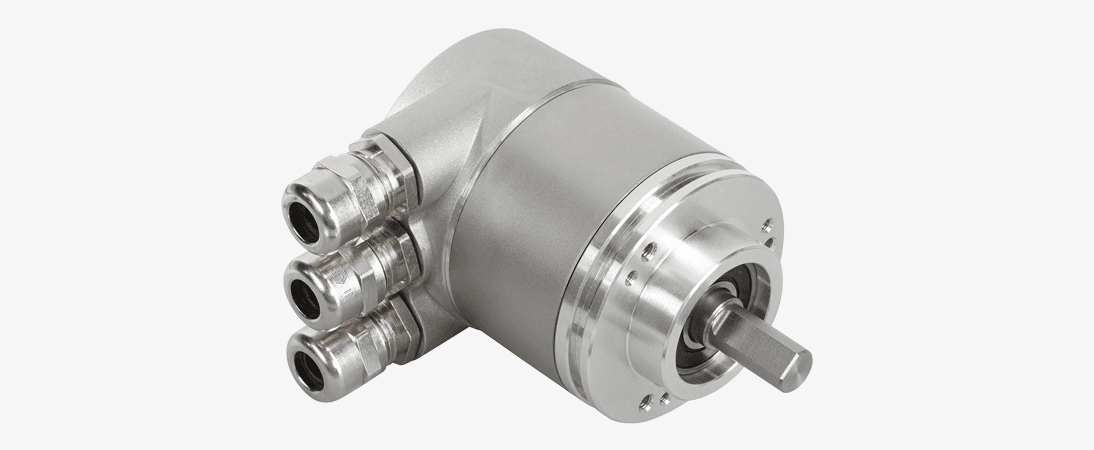
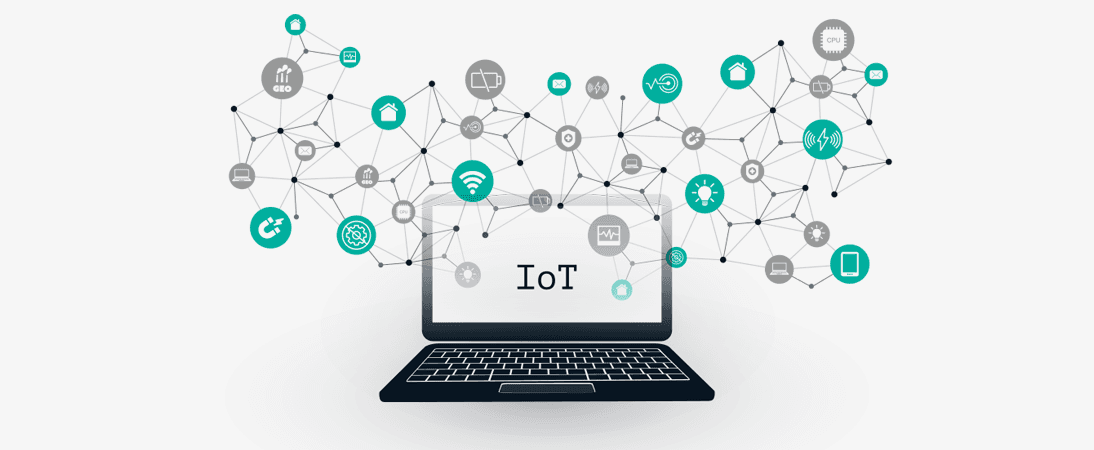
Ideal for IoT
In the IoT age, in which everything is connected, embedded engineers are facing one major challenge: the availability of power. Wiegand technology can now be positioned beside established energy harvesting techniques such as solar, piezo, or thermoelectric as an energy source for sensor nodes in Internet of Things devices. It is ideal in applications with limited or concealed spaces (inside hermetic equipment), in places where it’s impossible to lay wires (moving parts or hermetic equipment) as well as in slow moving mechanical systems.
Wiegand IoT Node Kit (UBITO WINK)
Wiegand technology offers boundless possibilities in IoT devices, from optimizing asset tracking and inventory management, to enhancing condition monitoring and preventive maintenance. The integration of Wiegand technology in such devices brings significant advantages: such as reduced equipment downtime, cost savings associated with wiring infrastructure, improved reliability, and self-powered wireless connectivity. Industries such as automotive, agriculture, manufacturing, logistics, and smart buildings (including smart doors and HVAC systems) can greatly benefit from IoT devices incorporating Wiegand technology. Explore the potential of this versatile and efficient solution for your application needs.
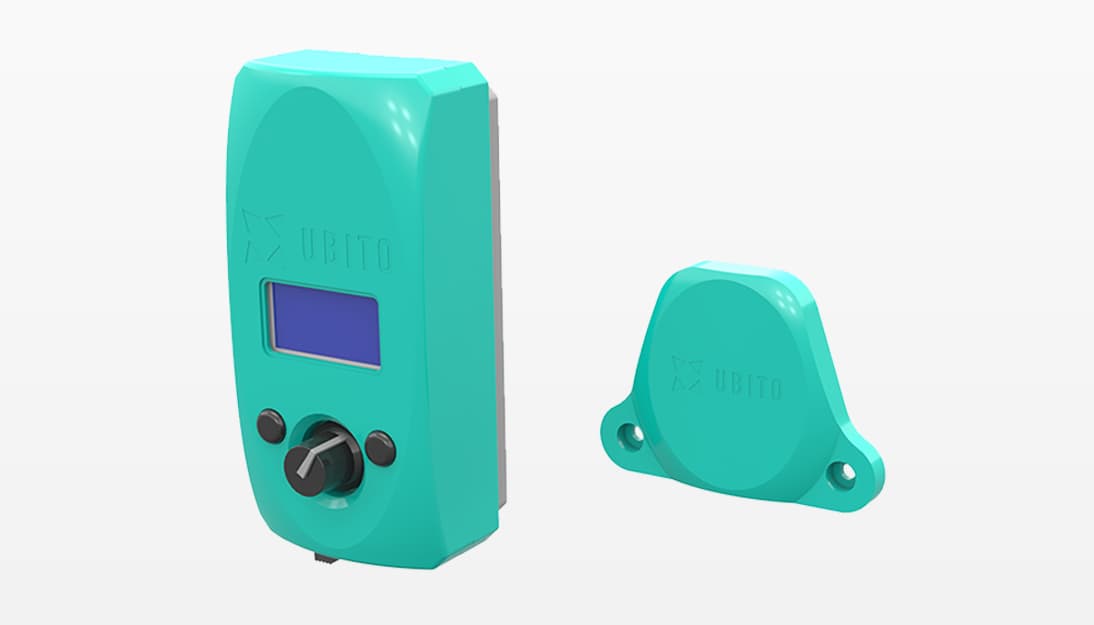
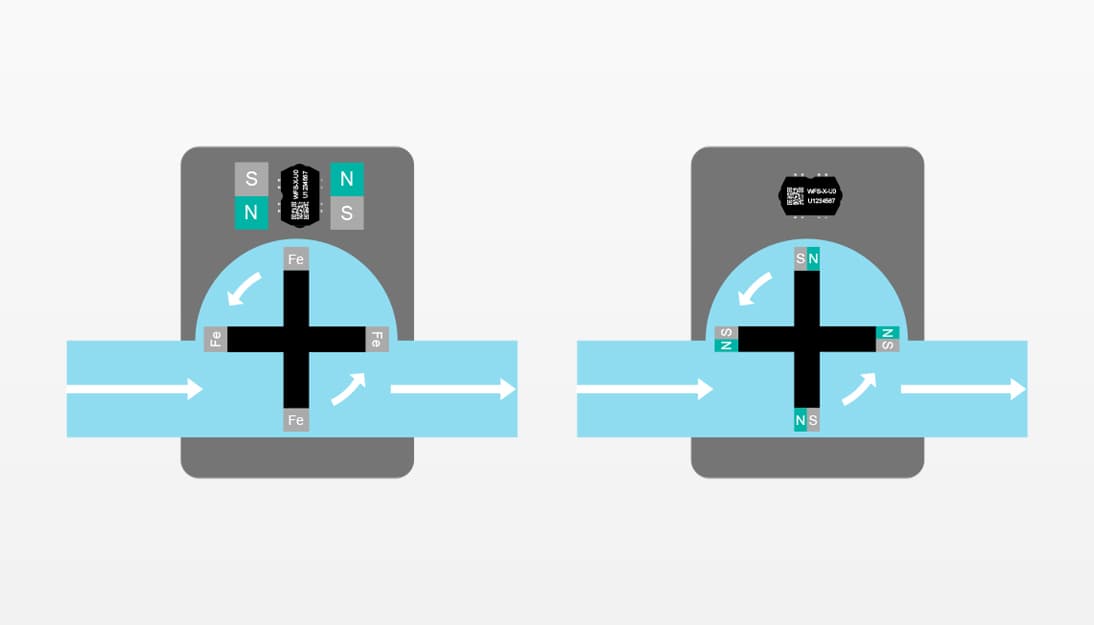
Flow Metering
There are millions of gas and water meters installed all around the globe. Wiegand technology can help service providers and consumers by making these meters smarter and more efficient. A permanent magnet can be mounted on the meter’s rotating shaft, close to a Wiegand sensor. As the shaft turns, the rotation of the magnetic field triggers a pulse. The strength and duration of each current pulse is independent of how quickly or slowly the shaft rotates. This is one of the major benefits of Wiegand technology compared to other analog magnetic sensors (e.g., Hall effect sensors) which are often used in metering applications. It provides a much higher signal-to-noise ratios which ensures that the meter’s counter circuit receives clear and unambiguous signals with each rotation of the shaft. This presents a simple method to digitize existing mechanical counting systems.
Healthcare
In combination with low-frequency electromagnetic fields, UBITO’s Wiegand sensors can be used to provide energy for low power applications in environments where high frequency transmission is challenging. For example, the Wiegand pulse can be used as an electric source to charge implantable medical devices, such as capsule endoscopes or pacemakers, using lower frequency electromagnetic waves that can be transmitted through the skin without any damage to human tissue.








